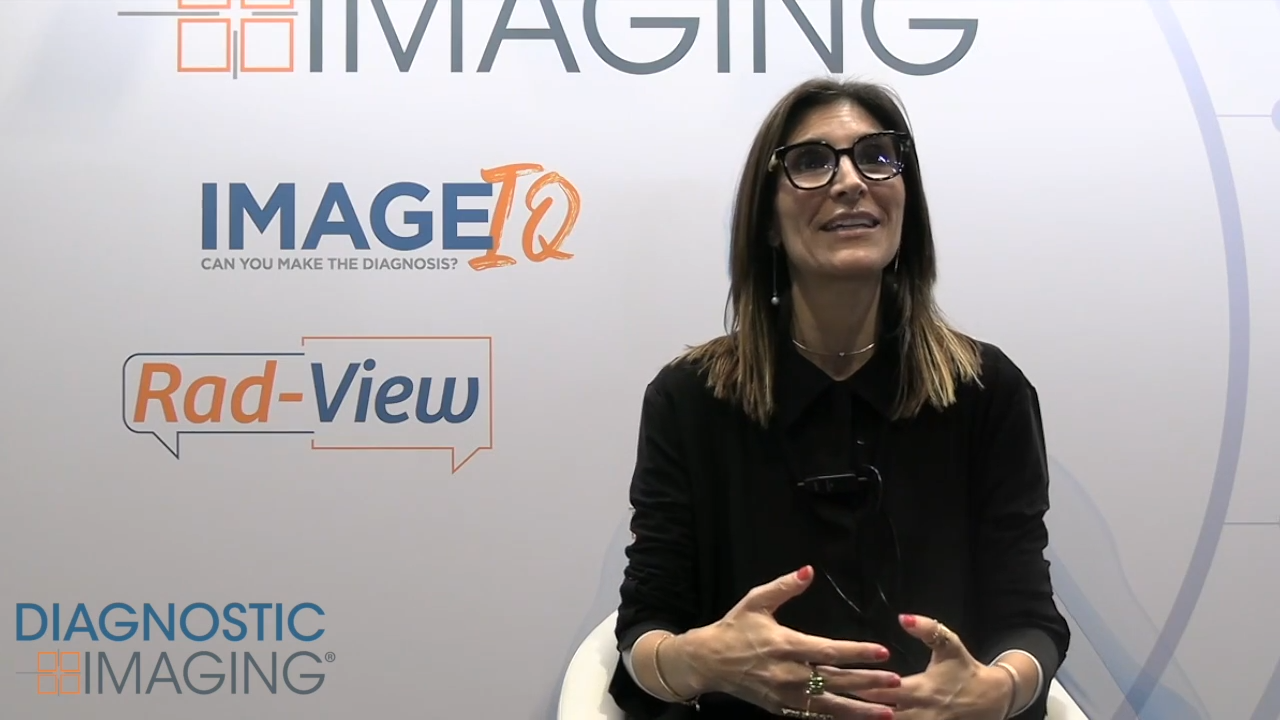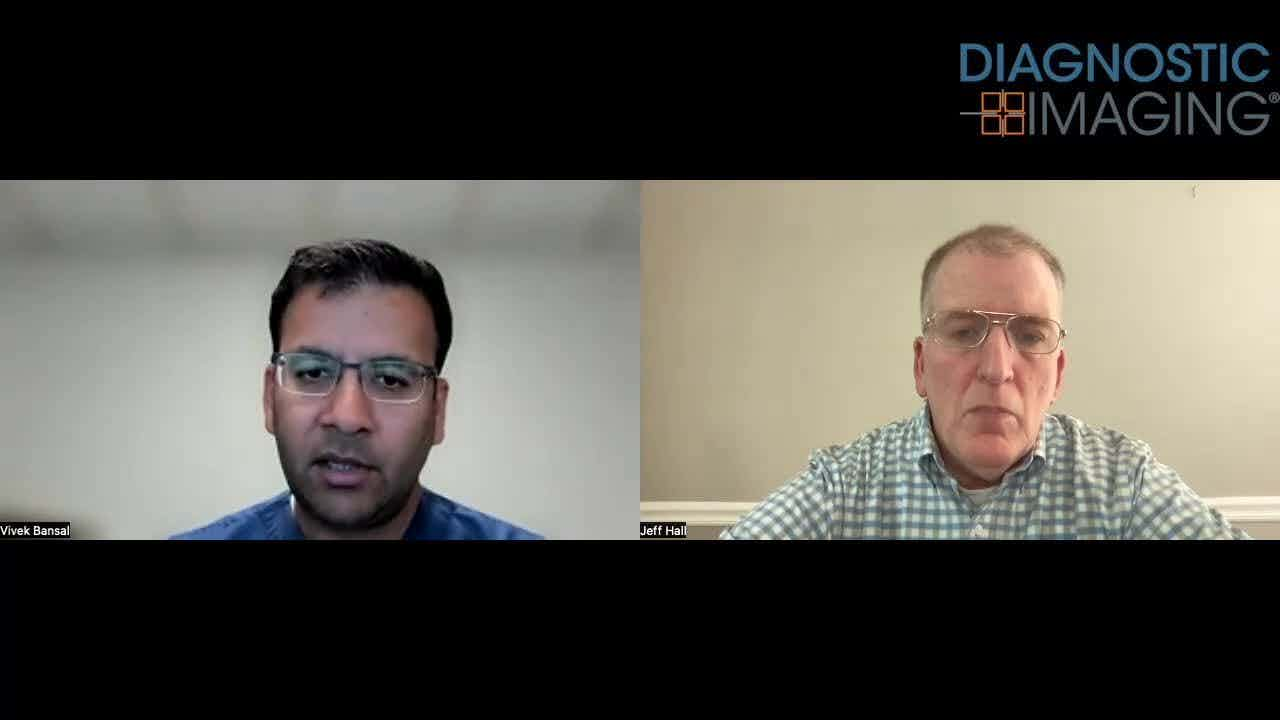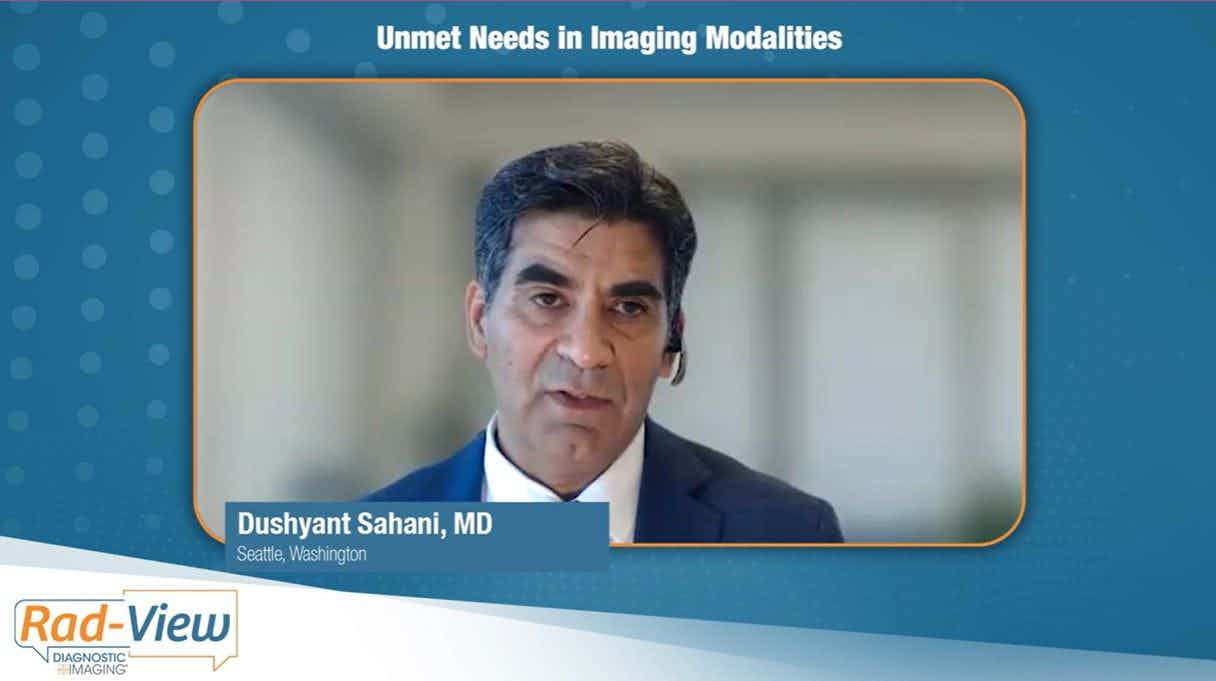Physicians Ordering Fewer Non-Emergency CTs
U.S. physicians ordered fewer non-emergency CTs in 2010 than in the previous nine years. Emergency CT use continues to grow.
U.S. physicians ordered fewer non-emergency CTs in 2010 than in the previous nine years, according to a study published in the November issue of the Journal of the American College of Radiology.
Researchers from Thomas Jefferson University Hospitals and Jefferson Medical College searched Medicare Part B databases from 2000 to 2010, the most recent year showing when and in what setting CTs were ordered.
Researchers found that while the CT utilization rate increased each year, from 325 per 1,000 patients in 2000 to 637 per 1,000 in 2009 - a compound annual growth rate of 7.8 percent - the rate dropped to 626 per 1,000 in 2010, a drop of 1.7 percent.
The decrease in CT use was more in non-emergency settings; emergency CT use continues to grow. Researchers also found:
• Inpatient CTs increased 5.5 percent from 2000 to 2009, dropped 4.5 percent in 2010;
• Outpatient CTs increased 5.1 percent from 2000 to 2009, dropped 3.6 percent in 2010;
• Private office CTs increased 11.3 percent from 2000 and 2009, dropped 7.8 percent in 2010;
• Emergency department CTs increased 15.2 percent from 2000 to 2009 and continued to grow by an additional 8.4 percent in 2010.
“After years of rapid growth, CT use in the Medicare population declined by 1.7 percent in 2010,” the authors concluded. If the emergency departments were not calculated in the overall numbers, the decline would have been 4.7 percent. This drop in CT use should help alleviate concerns about the overly rapid growth of CT use, the authors added.
Study with CT Data Suggests Women with PE Have More Than Triple the One-Year Mortality Rate than Men
April 3rd 2025After a multivariable assessment including age and comorbidities, women with pulmonary embolism (PE) had a 48 percent higher risk of one-year mortality than men with PE, according to a new study involving over 33,000 patients.
The Reading Room: Racial and Ethnic Minorities, Cancer Screenings, and COVID-19
November 3rd 2020In this podcast episode, Dr. Shalom Kalnicki, from Montefiore and Albert Einstein College of Medicine, discusses the disparities minority patients face with cancer screenings and what can be done to increase access during the pandemic.
Predicting Diabetes on CT Scans: What New Research Reveals with Pancreatic Imaging Biomarkers
March 25th 2025Attenuation-based biomarkers on computed tomography (CT) scans demonstrated a 93 percent interclass correlation coefficient (ICC) agreement across three pancreatic segmentation algorithms for predicting diabetes, according to a study involving over 9,700 patients.
Can Photon-Counting CT be an Alternative to MRI for Assessing Liver Fat Fraction?
March 21st 2025Photon-counting CT fat fraction evaluation offered a maximum sensitivity of 81 percent for detecting steatosis and had a 91 percent ICC agreement with MRI proton density fat fraction assessment, according to new prospective research.










